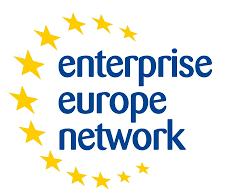




'TOMORROW'S SUPER BATTERY FOR ELECTRIC CARS IS MADE OF STONE'
NEW PROCESS FOR 3D PRINTING HIGH RES SILICA PARTS
DUTCH RIVER MAAS GETS 3D PRINTED CERAMIC REEFS STIMULATING NATURE
MINING RARE EARTH METALS FROM ELECTRONIC WASTE
BIO-CONCRETE WITH CYANOBACTERIA
This is a summary of the most recent edition of Innovative Materials. Would you like to read the entire articles? You will find more information about subscriptions HERE.
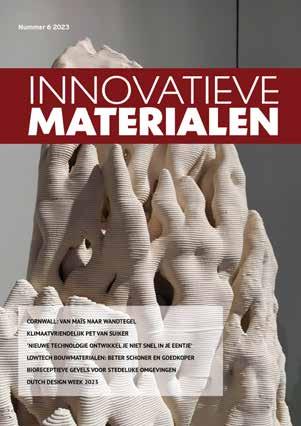

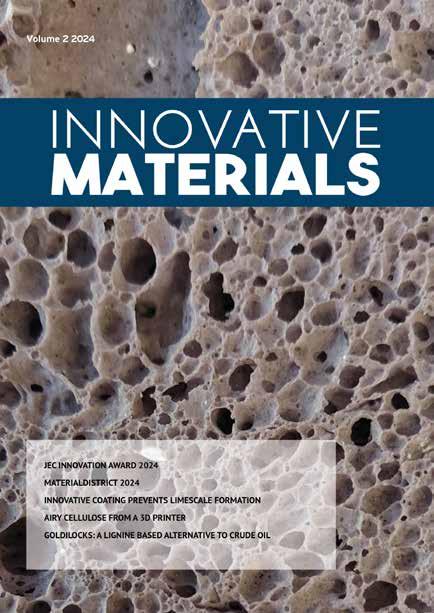


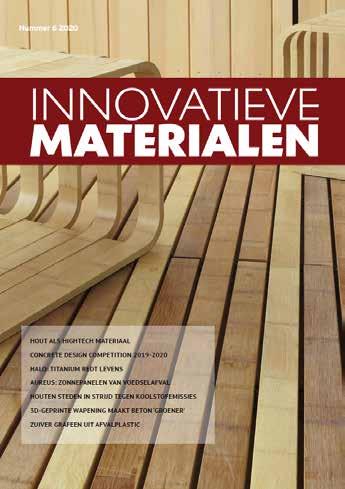
Innovative Materials is an interactive, digital magazine about new and/or innovative applied materials in civil engineering sector, construction, architecture and design.
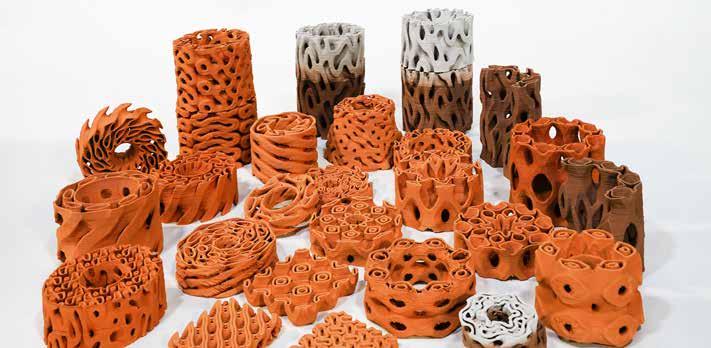
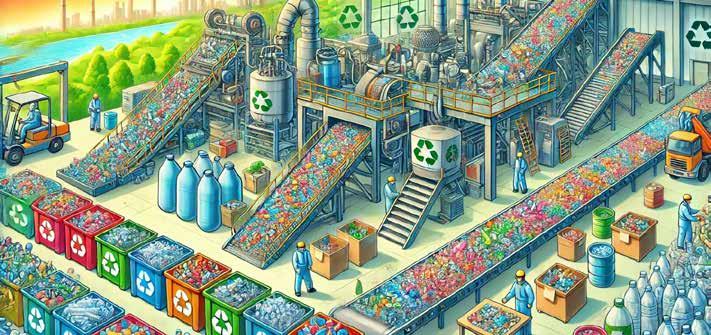



3D-printed ceramic cooling elements
For her graduation project at the Bartlett School of Architecture at UCL (University College London), designer Rameshwari Jonnalagedda designed 3D-printed ceramic cooling elements inspired by the porous architecture of termite mounds.
Currently, fifteen percent of the one million tons of plastics discarded annually in the Netherlands are recycled in a high-quality manner. The goal is that fifty percent of all plastics will be recycled by 2030 and that production must be fully circular by 2050. Which technical innovations could ensure that plastics are reused more often? This is being investigated in Making plastics circular: technical innovations.
With the growing interest in wearable health monitors, scientists are increasingly interested in flexible electronics; and flexible batteries, too. Researchers at Nanjing University have developed a lithium-ion battery with fully stretchable components, including an electrolyte layer that can stretch up to 5,000 percent, and that retains its charge storage capacity after nearly 70 charge/discharge cycles.
A research team from the University of Virginia School of Engineering and Applied Science is exploring the potential of cellulose nanofibrils (CNF), an innovative biobased material, to improve 3D-printed concrete technology
Current recycling methods for rechargeable solid-state lithium batteries focus on the limited recovery of metals contained in the cathodes. Most other components are lost.
A research team from Penn State University may have solved this problem. The scientists ‘reconfigured’ the design of solid-state lithium batteries so that all of their components can be easily recycled.
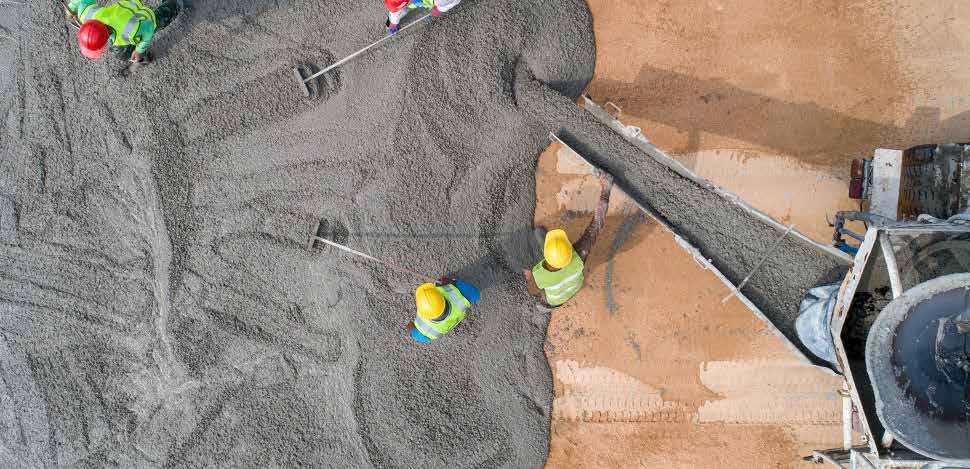


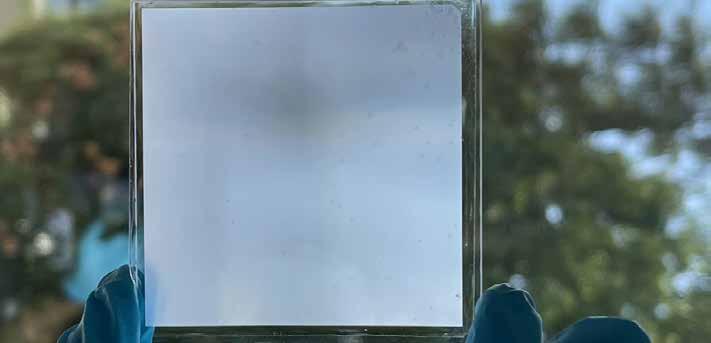
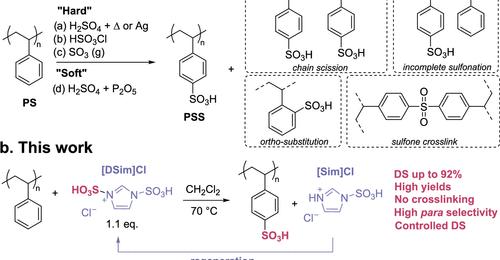
Bubbled concrete stores carbon dioxide without losing strength
By using carbonated water instead of regular water during the concrete production process, a team of scientists led by Northwestern University has discovered a new way to store carbon dioxide in concrete.
A collaboration of American scientists has discovered that using a vertical zigzag structure on the exterior walls of buildings can passively reduce the temperature in the walls.
paste recycling: a cheap and efficientway to reduce emissions
Recycling cement paste is one of the cheapest and most efficient ways to reduce emissions from cement production, according to a new study recently published in PNAS.
New, transparent metamaterial for energy-efficient light and temperature control
Researchers at the Karlsruhe Institute of Technology (KIT) have developed a new polymer-based material with interesting properties. The material allows sunlight to pass through, provides a more comfortable indoor climate without requiring additional energy, and also has self-cleaning properties.
Researchers from the University of Delaware and Argonne National Laboratory have developed a method to convert waste Styrofoam into PEDOT:PSS (poly-3,4-ethylenedioxythiophene polystyrenesulfonate), a polymer that can be used in electronics.
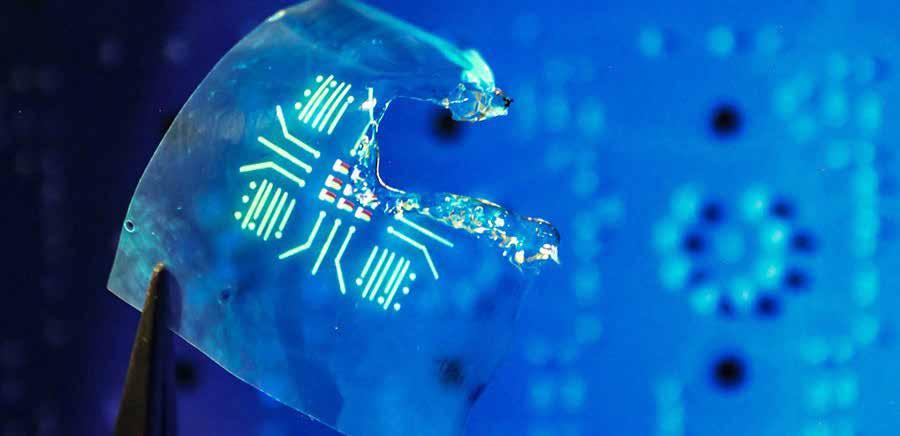

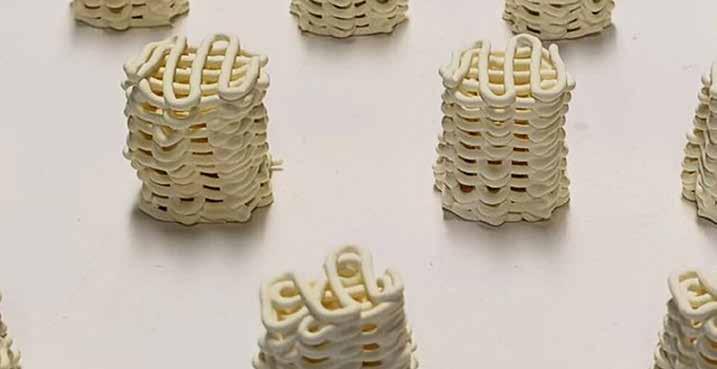
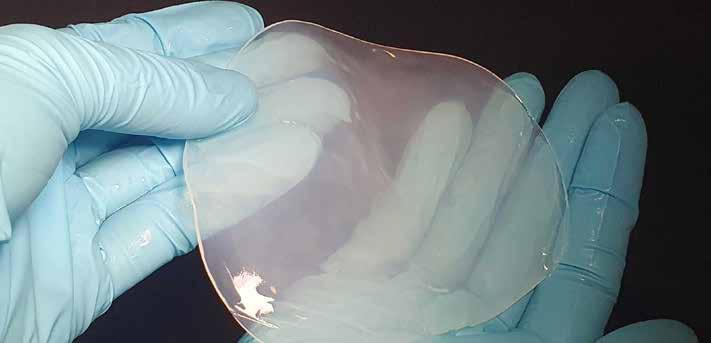
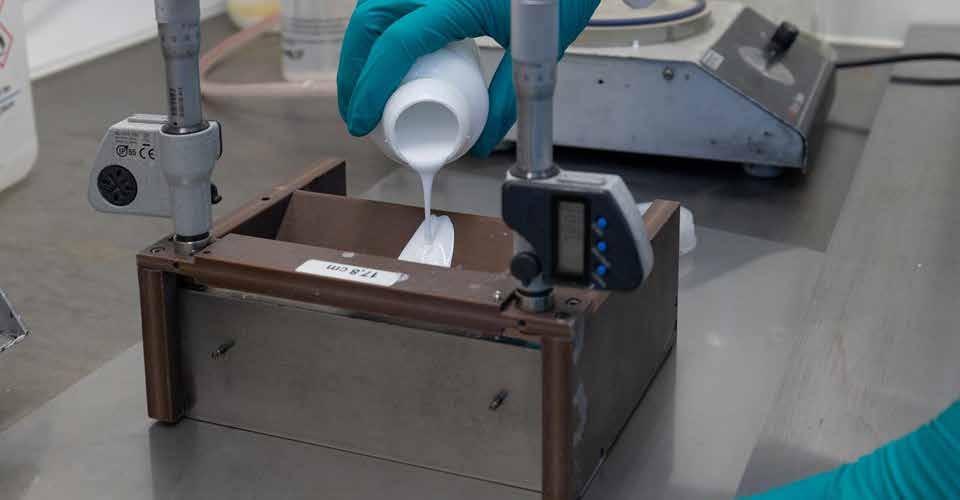
Luminescent polymers are a family of flexible materials that contain light-emitting molecules. Recycling this electronic waste is complex, expensive and energy-inefficient. American researchers developed a strategy to design high-performance, luminescent polymers that are both biodegradable and recyclable: so-called thermally activated delayed fluorescence (TADF) polymers.
Researchers from the American Purdue University (West Lafayette) have developed a material with which ultrahigh-strength aluminum alloys can be 3D printed.
Researchers from the University of Bath have devised a new way to remove harmful substances such as PFAS from water. According to the scientists, their method removes at least 75 percent of perfluorooctanoic acid (PFOA), one of the most common perfluoroalkyl and polyfluoroalkyl substances (PFAS), from water.
Researchers at ETH Zurich have made a major breakthrough in the production of cellulose by bacteria. They have developed more than 40,000 variants of the cellulose-producing bacterium Komagataeibacter sucrofermentans.
According to Danish scientists, solid-state batteries made from rock silicates will be a more environmentally friendly, efficient and safer alternative to today’s lithium-ion batteries in ten years. Researchers from the Technical University of Denmark (Danmarks Tekniske Universitet, DTU) recently patented a new superionic material based on potassium silicate - a mineral that can be extracted from natural rock.

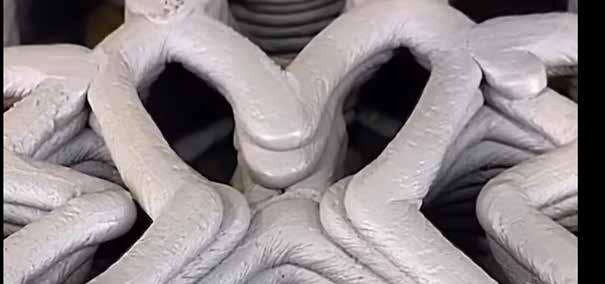
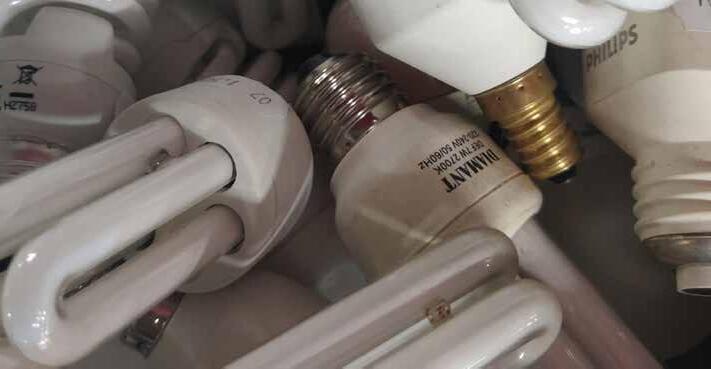

Austrian company UpNano GmbH has developed a new production process for 3D-printed objects made of fused quartz. The new technology makes it possible to produce highly precise parts in the millimeter and centimeter range. The process is based on the innovation of German Glassomer GmbH and is optimized for 3D printing with two-photon polymerization (2PP).
Rijkswaterstaat wants to combine the flow of (high) water and the improvement of the ecological water quality and river nature as much as possible. This also includes combating the excessive erosion of a bank strip. So-called ‘tidal reefs’ are used for this purpose along the Maas near Oeffelt; 3D-printed, ceramic clay reefs.
ETH researchers are developing a process inspired by nature that efficiently recovers europium from old fluorescent lamps. Their approach could lead to the long-awaited recycling of rare earth metals.
Researchers at the Fraunhofer Institute have developed a method to manufacture so-called biogenic building materials with cyanobacteria. The bacteria multiply in a nutrient solution, driven by photosynthesis. When aggregates and fillers such as sand, basalt or renewable raw materials are added, rock-like solid structures are created. In contrast to traditional concrete production, no carbon dioxide is released during the process.


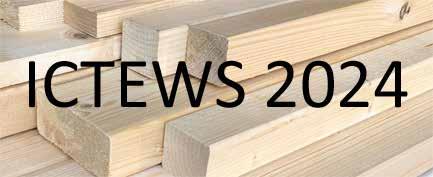

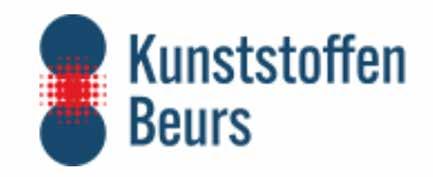

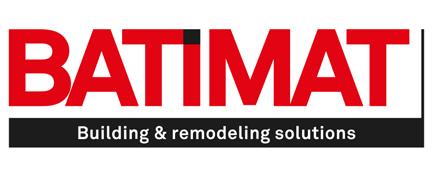

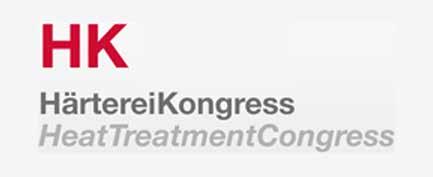




ARCHITECT@WORK 11 - 12 September 2024, Rotterdam
ICTEWS 2024
16 - 17 September 2024, Zürich
Tecna 24 - 27 September 2024, Rimini
Kunststoffenbeurs 18 - 19 September 2024, Den Bosch
EURO PM 2024
29 September - 2 October 2024, Malmö
Batimat 2024
30 September - 3 October 2024, Paris
Metavak 1 - 3 October 2024, Gorinchem
HärtereiKongres (HK) 2024 8 - 10 October 2024, Cologne
Ceramics and Composite Materials 10 - 11 October 2024, Madrid
Staalbouwdag 2024 15 October 2024, Leusden


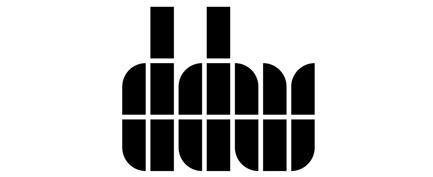






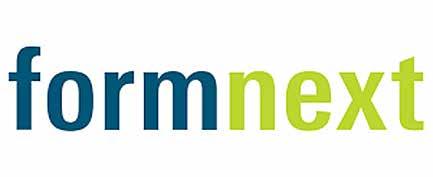
Fakuma 2024 15 - 19 October 2024, Friedrichshafen
Barcelona Design Week 16 - 26 October 2024, Barcelona


Materials Engineering 17 October 2024, Veldhoven
Glazing summit 2024 17 October 2024, Birmingham
Dutch Design Week 19 - 27 October 2024 Eindhoven
Glasstec 2024 22 - 25 October 2024, Düsseldorf
EuroBLECH 22 - 25 October 2024, Hannover
AM Ceramics 23 - 24 October 2024, Berlin
World Recycling Convention 28 October 2024, Rome
Stainless Steel Duplex 2024 6 - 7 November 2024, Rotterdam
Precisiebeurs 13 - 14 November 2024, ‘s-Hertogenbosch
Formnext 19 - 2. November 2024, Frankfurt am Main
Hagener Symposium 2024 28 - 2. November 2024, Hagen
MaterialsNL 9 - 10 December 2024, Arnhem
Wij leveren complete installaties voor ontstoffing, luchtreiniging en pneumatisch transport
Technieken voor o.a.:
- Ontstoffing van productieruimtes (MAC)
- Reduceren van geuremissies (NER)
- Reduceren van stofemissies (NER)
Componenten die wij o.a. kunnen leveren:
- Natfilters & Droogfilters
- Cyclonen
- Gaswassers
- Topsteen- / Frogreinigers
- Naverbranders
Projecten kunnen turn-key worden uitgevoerd
Wij garanderen de emissie & grenswaarden
Engineering, bouw en onderhoud in eigen beheer






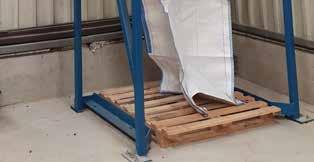
Mesys Industrial Air Systems BV
Molenstraat 27, 6914AC Herwen
+31 (0) 316 248744
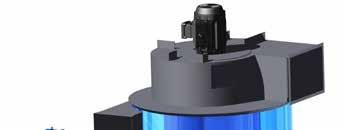
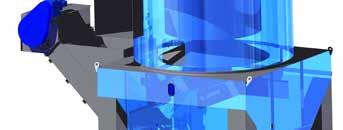


www.mesys.nl
Info@mesys.nl

tecnaexpo.com

Materials Engineering: hét hoogwaardige congres over het toepassen van innovatieve materialen voor de hightech- en maakindustrie. Deze dag staat in het teken van kennisdeling rondom:
• Samenstellingen van materialen: kristalstructuur, chemische samenstellingen en microstructuur
• Materiaaleigenschappen: mechanische- (tribologie, trillingen), thermische-, elektrische- en magnetische eigenschappen
• Corrosie- en oppervlakteanalyse
• Oppervlaktebehandeling en functionele lagen
Kosten voor bezoekers bedragen €95,- excl. btw
Independent, dedicated, objective research and consultancy. ISO 17025 accredited. Center of expertise for materials characterization.
We are pleased to support you with research and analysis of your innovative materials. Call us on +31 26 3845600 or email info@tcki.nl www.tcki.nl








